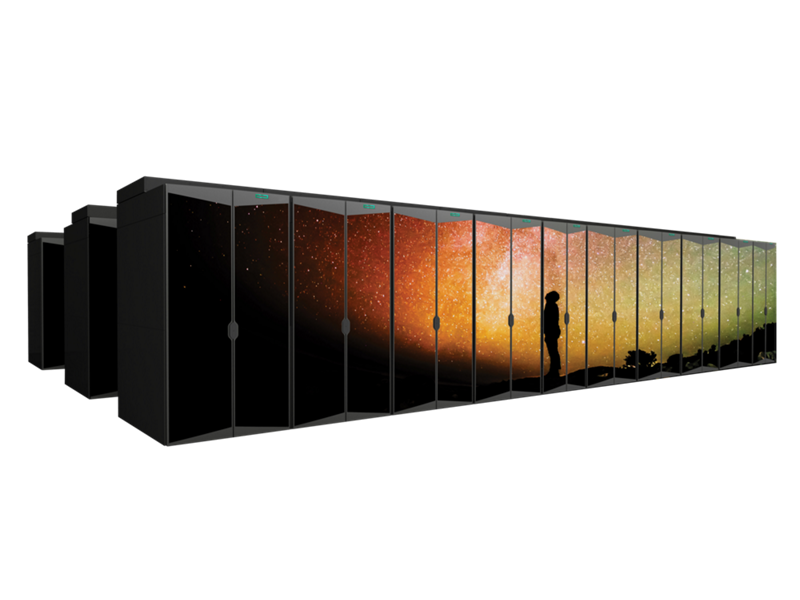

ORNL’s Frontier Supercomputer Will Move the Future Forward

Learn How ORNL’s Frontier Supercomputer Moves the Future Forward

Frontier: Moving the future forward

HPE Cray supercomputers
Do you need a powerful solution to meet today's supercomputing challenges?
HPE Cray supercomputers enable you to tackle infrastructure challenges that require the fusion of modeling and simulation workloads with analytics, AI, and the Internet of Things (IoT) to create a single business-critical workflow. Today's high-performance computing systems must be able to handle these massive and converged workloads, leading to a supercomputing sea-change.
With the imperative to navigate increasingly diverse and complex workloads, the next generation of supercomputers will be differentiated by exascale performance, data-centric workloads, and diversification of processor architectures.
HPE Cray supercomputers deliver application HPC and AI performance at scale, provide a flexible solution for tens to hundreds to thousands of nodes, and deliver consistent, predictable, and reliable performance, facilitating high productivity on large-scale workflows.
Contact us
Chat with usMaximize your HPE Cray supercomputers
What's New
- HPE Cray EX2500 Supercomputer
- The HPE Cray EX2500 delivers supercomputing capabilities at a price you can afford.
- HPE is bringing the components of our landmark HPE Cray EX supercomputers to the
enterprise.
- The HPE Cray EX2500 is the latest iteration in this robust line of systems and one
of our most significant technology advancements in decades. - The liquid-cooled design delivers a compact system architecture that enables high
efficiency and significant cost savings in OSs without impacting performance.
HPE Cray supercomputers support multiple processor architectures and accelerator options. Additionally, they are architected for forward compatibility with next-generation blades and servers. HPE Cray supercomputers are available in two configurations.
Show more





